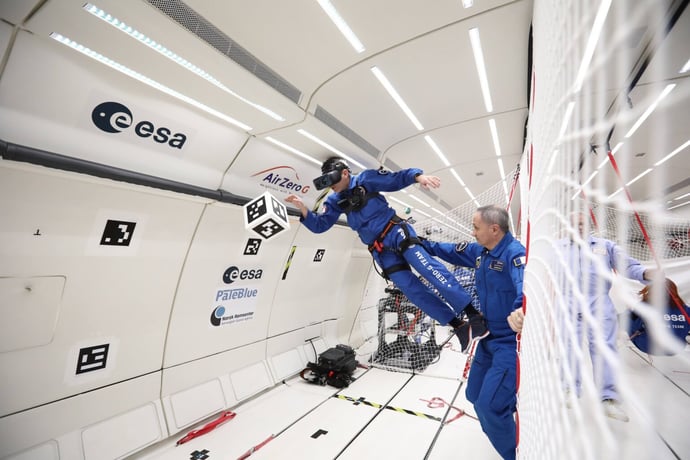“Accurately replicating the sense of physical movement increases immersion and effectiveness of training outcomes by a large degree. No other solution has achieved this level of immersion in the past,” says Nikita Kadrov, Chief Product Owner, Simulation & Training, Wärtsilä.
In this kind of training scenario, visual clarity is crucial. There are a lot of instruments, screens, and charts, and trainees need to be able to read them accurately, even in a moving environment. With Varjo Focal Edition’s high visual clarity up close, trainees can naturally interact with these instruments and objects like they would in the real world.
These combined technologies result in the simulator providing a degree of immersion like no other solution in the maritime space.







